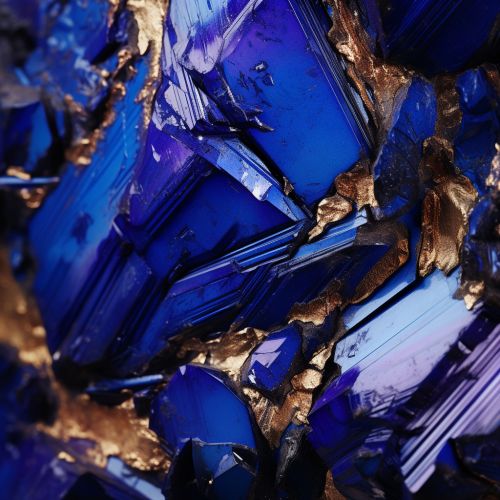Cobalt
Overview
Cobalt is a chemical element with the symbol Co and atomic number 27. It is found naturally only in chemically combined form. The free element, produced by reductive smelting, is a hard, lustrous, silver-gray metal.
Properties
Cobalt is a transition metal, one of several elements located in groups 3 through 12 of the Periodic Table. These elements, all of which are metals, include some of the most abundant elements on Earth. Cobalt has a high melting point of 1495 degrees Celsius and a boiling point of 2927 degrees Celsius.


Occurrence and Production
Cobalt is not found as a free metal and is generally found in the form of ores. Cobalt is usually not mined alone, and tends to be produced as a by-product of nickel and copper mining activities. The main ores of cobalt are cobaltite, erythrite, glaucodot, and skutterudite.
The world's leading producers of cobalt are the Democratic Republic of the Congo, mainland China, Zambia, Russia and Australia. Cobalt's price has been particularly volatile due to changes in the Congo's political situation and changes in demand for cobalt, particularly for use in batteries.
Applications
Cobalt has diverse industrial and health applications. It is used in the preparation of magnetic, wear-resistant, and high-strength alloys. Its compounds, cobalt silicate and cobalt(II) aluminate (CoAl2O4, cobalt blue) give a distinctive deep blue color to glass, ceramics, inks, paints, and varnishes.
Cobalt is also used in lithium-ion batteries and in electroplating, due to its attractive appearance, hardness, and resistance to oxidation. It is a key ingredient in several types of high temperature alloys used in jet engines and gas turbines, and in cemented carbides, which are often used for high-speed cutting tools.
In medicine, cobalt-60 is used in radiotherapy and for sterilizing medical supplies. It is also used in the production of vitamin B12, which is essential for human nutrition.
Health Effects
Cobalt is an essential element for all animals, including humans. It is a key component of vitamin B12, and it is important in the formation of red blood cells. However, excessive levels of cobalt can be harmful. Cobalt dust can cause an allergic reaction on the skin and may also cause lung disease if inhaled over a long period of time. Cobalt can also accumulate in the body and cause systemic effects such as cardiomyopathy and blood thickening.
Environmental Impact
Cobalt mining and processing can result in the release of cobalt into the environment through various channels, including air, soil, and water. If not properly managed, these releases can harm the environment and pose risks to human health.
